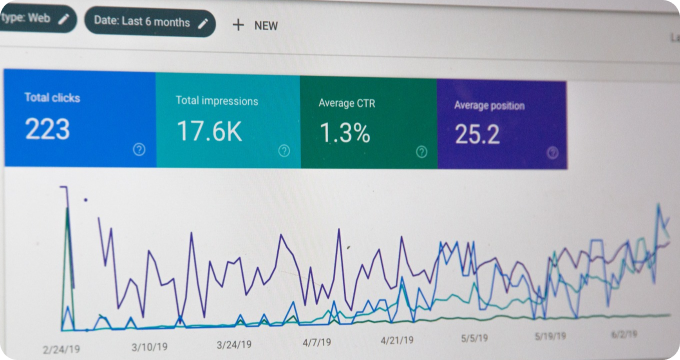How to Strategically Budget for Enterprise Mobility Management Software
- November 11, 2023
- 2 minutes
Enterprise mobility management (EMM) software is a fundamental pillar of modern business practices, particularly given the accelerated shift towards remote work and digitization of services. The ubiquity of mobile devices and the growing need for seamless, secure access to corporate data necessitates a strategic investment in EMM software. Yet, the budgeting process for such an investment can be complex and convoluted. To navigate this process effectively, one must understand the multidimensional nature of EMM software, the broader nexus of enterprise mobility, and the economic trade-offs involved.
Understanding the essentials of EMM software sets the stage. EMM is an all-encompassing approach that allows businesses to securely enable employee use of mobile devices and applications. In addition to dealing with security threats, EMM tools can help manage the complex logistics of numerous mobile devices, applications, and data management needs. This is achieved through various sub-categories of EMM, including Mobile Device Management (MDM), Mobile Application Management (MAM), Mobile Content Management (MCM), and Identity and Access Management (IAM). Each facet of EMM plays a crucial role in maintaining the seamless operation of a business, and consequently, each demands a slice of the budgeting pie.
In constructing a strategic budget, we must first study the demand-side factors. The unique requirements of your organization, industry regulatory standards, the range of devices used (Android, iOS, Windows, etc.), and the number of users are all salient parameters. These parameters dictate the specification and scale of the EMM software - an Android-dominant organization, for example, may need a different EMM strategy than a Windows-dominant one.
Next, we turn to the supply-side factors. These include the costs associated with the acquisition, implementation, and maintenance of the EMM software. Apart from the direct financial costs, there are indirect costs such as the time and resources allocated for the deployment and training processes. Further, there are opportunity costs involved - the budget allocated for EMM software might be at the expense of other potential investments, a concept steeped in the economic principle of resource scarcity.
The intersection of supply and demand-side factors provides us with a robust framework to construct a strategic budget. For instance, a Pareto efficient budget allocation could be one where any change to increase the efficiency of one aspect of EMM would lead to decreased efficiency in another. This concept from welfare economics can be a guiding principle for achieving balance in EMM budget distribution.
When reviewing different EMM solutions, it's critical to conduct a thorough cost-benefit analysis. This can be facilitated through applying mathematical and statistical techniques such as Net Present Value (NPV) and Internal Rate of Return (IRR) calculations. These measures can provide an estimate of the software's anticipated return on investment, factoring in the time value of money - a key concept from financial economics.
Another key consideration is the trade-off between on-premise and cloud-based EMM solutions. On-premise solutions often have higher upfront costs but offer greater control, while cloud-based solutions may have lower initial costs but entail recurrent subscription fees. Here, one must evaluate the trade-off between control and cost, akin to the classic principal-agent problem in economics.
Finally, it's essential to factor in contingencies and future scalability. Here, we invoke the concept of real options theory from finance, where the budgeting process is viewed as an investment in a series of options rather than a one-time investment. This allows flexibility in adapting to future changes in the mobility landscape or company needs.
In conclusion, strategic budgeting for EMM software is a multidimensional, dynamic process. It necessitates a deep understanding of both the intricate nature of EMM software and the broader economic and financial principles at play. Moreover, it requires an in-depth comprehension of your organization's unique needs and goals. By judiciously navigating this process, you can ensure a value-optimized, effective EMM strategy that aligns with your organization's vision.
Learn More
Unleash the power of your business on the go by diving deeper into our enlightening blog posts on enterprise mobility management software. For an unbiased, comprehensive view, they are invited to explore our meticulously curated rankings of Top Enterprise Mobility Management Software.
Popular Posts
-
 7 Compelling Reasons Why Your Business Needs Enterprise Mobility Management Software
7 Compelling Reasons Why Your Business Needs Enterprise Mobility Management Software
-
 Debunking 10 Myths About Enterprise Mobility Management Software
Debunking 10 Myths About Enterprise Mobility Management Software
-
 9 Things I Wish I'd Known About Enterprise Mobility Management Software Before Implementing It
9 Things I Wish I'd Known About Enterprise Mobility Management Software Before Implementing It
-
 What are Enterprise Mobility Management Software Solutions and How Do They Work?
What are Enterprise Mobility Management Software Solutions and How Do They Work?
-
 Ask These Questions to an Enterprise Mobility Management Software Provider to Choose the Right One for Your Business
Ask These Questions to an Enterprise Mobility Management Software Provider to Choose the Right One for Your Business






